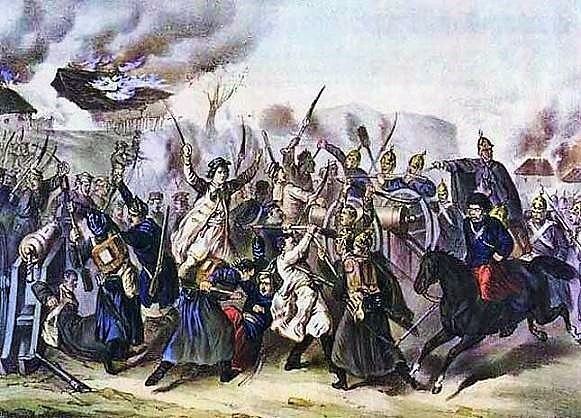 | ||
The Polish Thermopylae is a name used to refer to several battles in Polish history. The Polish Thermopylae is a reference to the Battle of Thermopylae, where a Spartan force showed great courage despite being greatly outnumbered by the enemy.
Famous last stands dubbed "the Polish Thermopylae"
References
Polish Thermopylae Wikipedia(Text) CC BY-SA
